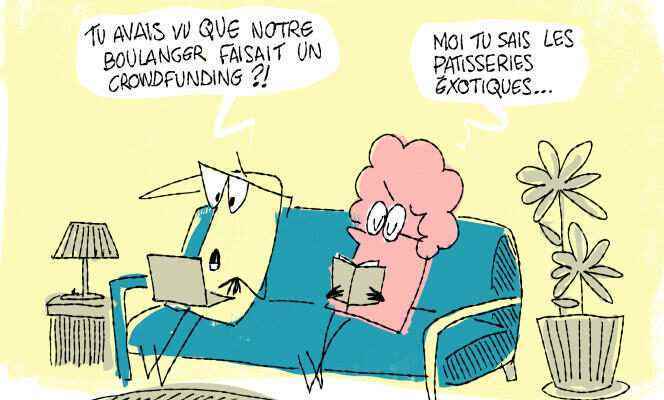Allowing savers to lend money to companies, directly or in the form of bonds: this is what crowdfunding platforms offer, which are the subject of real enthusiasm. And real estate developers are, by far, the first beneficiaries.
The commercial success of these 2.0 investments is due to their attractive average annual return: in 2021, it averaged 9.21%, for loans whose average duration is limited to 21.2 months, according to the barometer annual real estate crowdfunding by Fundimmo and Hello Crowdfunding.
The appetite of savers seems to disregard the risk inherent in such returns… Operational or commercial difficulties may result in the promoter’s inability to pay dividends on the scheduled dates. In 2021, a delay of more than six months thus concerned 6.61% of total outstanding loans (+0.91 points compared to 2020), according to the aforementioned barometer.
A failure rate limited to 0.09%
As for the probability of a loss of borrowed capital, although real, it rarely materializes. The default rate was limited, between 2012 and 2021, to 0.09%. Out of 3,647 transactions recorded over this period by Hello Crowdfunding, which aggregates data from the forty main distributors, three resulted in a capital loss, two of which only partially.
These indices could deteriorate for real estate projects that have recently closed their fundraising, and even more so for those that will open up to subscription in the coming months. Galloping inflation is hitting the building industry hard, hard hit by soaring energy costs. And makes it difficult to establish the provisional budget for a real estate transaction.
“The promoters set a provisional budget with a semester of anticipation on the launch of construction. However, some companies are now abandoning the site if they are unable to negotiate a revision of the prices of the quotes established six months earlier”observes Christophe Nowakowski, construction economist and head of the Cabinet 2H design office.
“Inflationary spiral”
This situation increases the risk of delays or even abandonment of programs under construction. “When we currently launch a project, we are faced with costs 5% to 10% higher than our estimated budget.confirms Norbert Fanchon, president of the Gambetta real estate group. If this inflationary spiral continues for a few months, we will not be able to financially balance certain projects. »
You have 52.64% of this article left to read. The following is for subscribers only.
